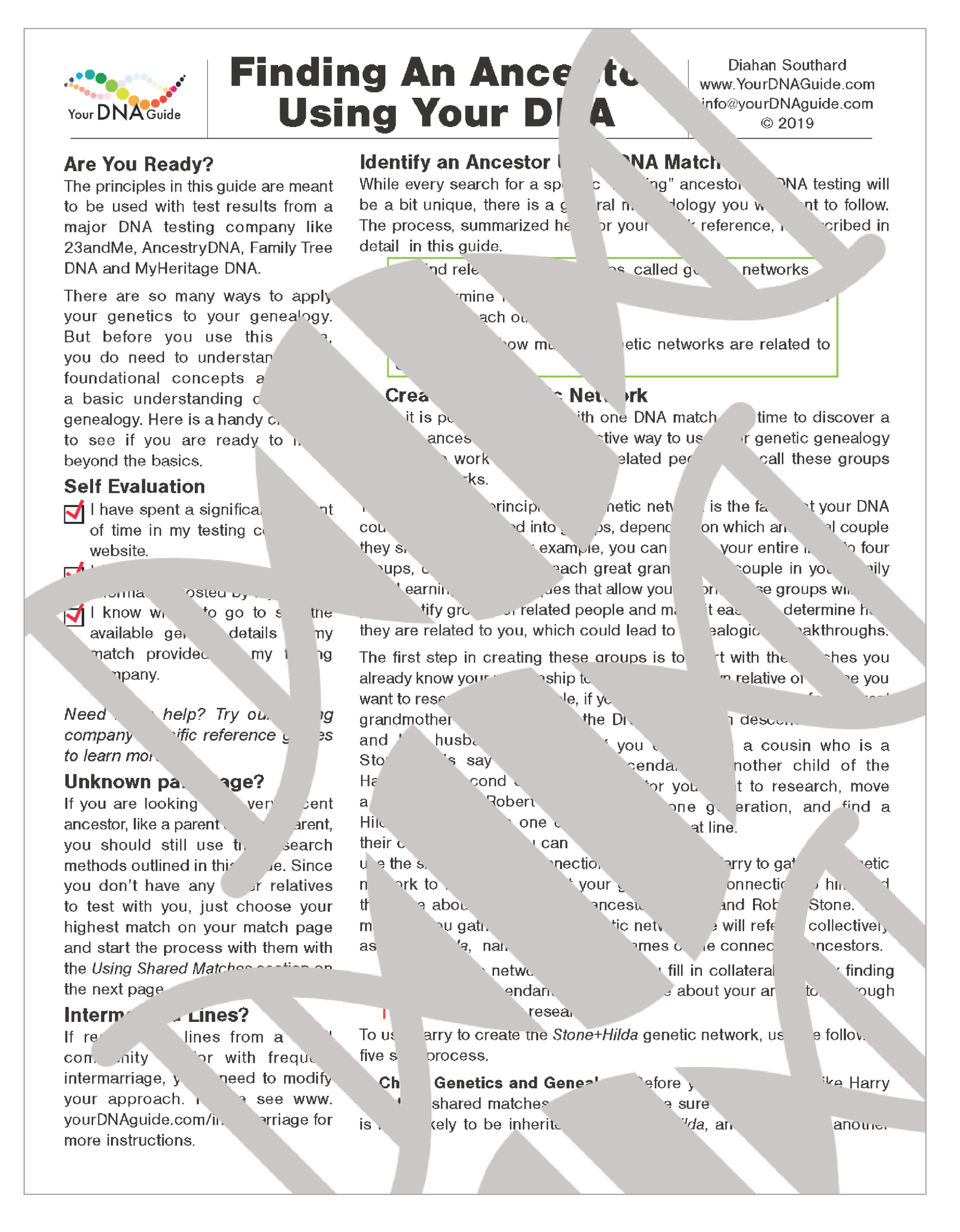AncestryDNA has exciting updates coming for your DNA matches experience. Here’s what’s happening and what to do now to prepare for it.
 AncestryDNA’s tools that help you understand your relationships to your DNA matches are among their most important—and they’re about to get an overhaul. The company is updating their matching algorithm.
AncestryDNA’s tools that help you understand your relationships to your DNA matches are among their most important—and they’re about to get an overhaul. The company is updating their matching algorithm.
Changes are expected to take full effect in August 2020, which gives you a little time to prepare for them.
Here’s what you need to know and what you can do:
- The number of shared DNA segments will be more accurate.
It seems like DNA matching should be straightforward. Either two people share the same piece of DNA, or they don’t. But matching is actually much more complicated. One thing that AncestryDNA was doing differently than other companies was the way they were counting shared segments. Without getting too technical with you, Ancestry was just coming up with much higher numbers of shared pieces of DNA. The coming update corrects that.
2. We get to see the size of the biggest piece of shared DNA.
The way AncestryDNA was previously counting segments meant that they couldn’t report to us some much needed information: the size of the biggest piece of shared DNA.
But now they will be able to.
This is HUGE. Knowing the size of the longest shared DNA segment is essential for understanding endogamous relationships and very helpful in lots of other situations.
3. AncestryDNA is shaving off some of our DNA match list.
Ancestry will no longer show you matches who share fewer than 8 cM with you. The current threshold is 6 cM. According to their research, this revision will remove 2/3 of your “false matches,” or matches who don’t actually share a recent common ancestor with you.
The screenshot below, a dropdown menu under the Shared DNA filter, shows the current AncestryDNA thresholds for your distant matches. This is where you’ll see that change reflected.

There are three situations in which your distant matches who share 6cM-7cM of DNA will remain visible to you.
- You have added this match to a group.
- You have written a note for this match.
- You have messaged this match.
Otherwise, these matches will disappear.
Now I don’t recommend working with matches who have shared DNA below 15 cM. But if you want to hang onto those matches sharing 6 or 7 cMs with you, it would be wise to take one of the above three steps in order to ensure you can still see them after the update.
Here’s a quick tutorial on adding your match to a group using the Ancestry “dot” system:
Get serious about identifying your DNA matches—and using your DNA matches to find missing ancestors.
 Get one of my guides to get proven, step-by-step strategies. Finding an Ancestor Using Your DNA quick reference guide focuses on that specific skill. Pick one up today and get your DNA match list to start giving you answers!
Get one of my guides to get proven, step-by-step strategies. Finding an Ancestor Using Your DNA quick reference guide focuses on that specific skill. Pick one up today and get your DNA match list to start giving you answers!

